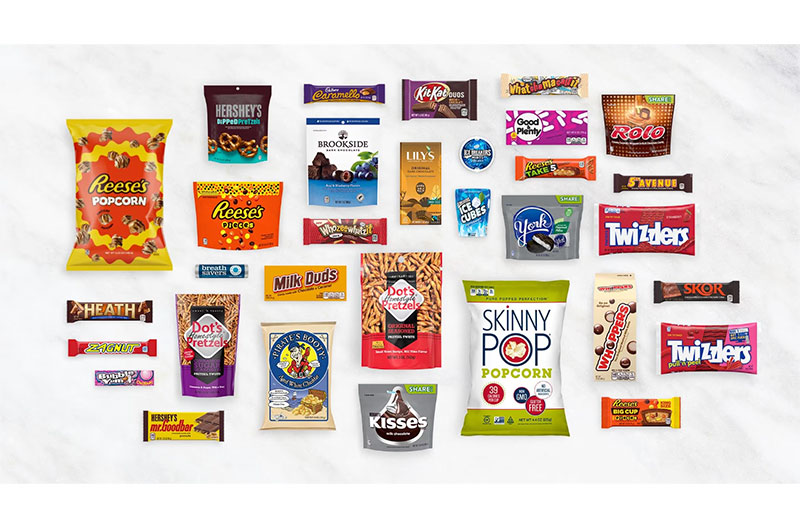The Hershey Company has been building a “snacking powerhouse” over the last few years, featuring both sweet and salty options, and innovation will continue to be a focus for the company in 2024.
Allison Mason, Hershey’s strategic communications manager, talked with The Griffin Report of the Northeast’s Maggie Kaeppel during the recent Sweets & Snacks Expo at McCormick Place in Chicago.
Mason said Reese’s offered a creamy and crunchy program this spring, polling customers to see if they were “Team Creamy” or “Team Crunchy.”
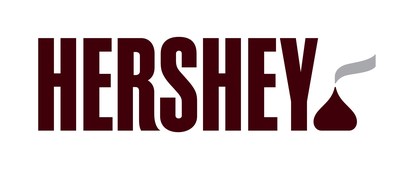
“We found out that creamy reigned supreme.”
Other innovations from Hershey include Milklicious Kisses, which feature a creamier chocolate milk-type filling, “great for the parent and child occasion;” KitKat in a churro flavor, which captures “that buttery, crispy, cinnamon sugar flavor;” and Hershey’s White Crème with Sprinkles Popping Candy Bar, which includes a “popping treat.”
The candy bar also is being promoted this summer, along with Hershey’s S’mores candy and Icebreakers Watermelon Slushie mints and gum. In September, Ice Breakers recently introduced new sparkling Raspberry Lemon Seltzer Sparkling Mints.
Mason noted the KitKat churro flavor, the popping candy bar and the Reese’s Creamy and Crunchy candies are limited edition items.
On the salty side, she pointed to the debut of Reese’s Popcorn, which is drizzled with peanut butter and chocolate, and the Dot’s Pretzel Cinnamon Sugar Seasoned Pretzel Twist. The pretzel flavor began as a holiday offering.
A new flavor of SkinnyPop popcorn – jalapeño – is available, as spicy flavors continue to be a trend. Different pack types and sizes for both sweet and salty products are designed for all types of consumers.
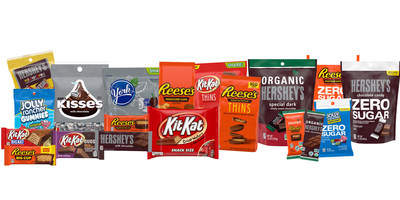
“We think of SkinnyPop and Pirates Booty as good kids’ lunchtime additions, so we have pantry packs, multi- packs, assortment packs to service that. But we also know lots of people are reaching for SkinnyPop to kind of fuel the rest of their day. They’re picking it up as just one bag at the c-store. There are lots of different ways that people are consuming.”
Mason said Hershey has an insights team that tracks trends. While people want to focus on a healthy lifestyle, “we’re finding the No. 1 thing they want to reduce is sugar, and the No. 1 thing they want to add is protein.”
Addressing that trend, Hershey has launched Honest Organic Gummies, in partnership with the Coca-Cola Co.
“These are made with the organic Honest juice, no artificial sweeteners, no high fructose corn syrup. We have them now in mixed fruit and then later this summer, in August, we’ll do tropical,” Mason said.
The Lily’s Sweets brand is offering a new gummie, Sour Watermelon Slices. “Gummies continue to see really great growth,” Mason said. “We’re continuing to make investments in capacity and innovation in that space.”
In the protein space, One protein bar will come out with a new flavor in August. “We have a lot of great insights around protein technology, what people are looking for,” Mason said.
Other protein items include the newest flavor available in the One bar lineup, Coffee Shop, and then Fulfil [vitamin and protein bar] in triple chocolate.
As for supply chain, Hershey considers it to be a growth lever, according to Mason. She noted that the company acquired some “salty” manufacturing plants and is “trying to invest in ways where we can really be more efficient, be more agile, so that we can control more of that as the market fluctuates, so we can respond to demand.”
Hershey was a co-manufacturer of SkinnyPop, but the acquisition allowed it to “really get in there and make it as efficient as possible and roll it into our system. It helps us with innovation, if there are things you want to test. It was part of a whole mindset to leverage growth.”
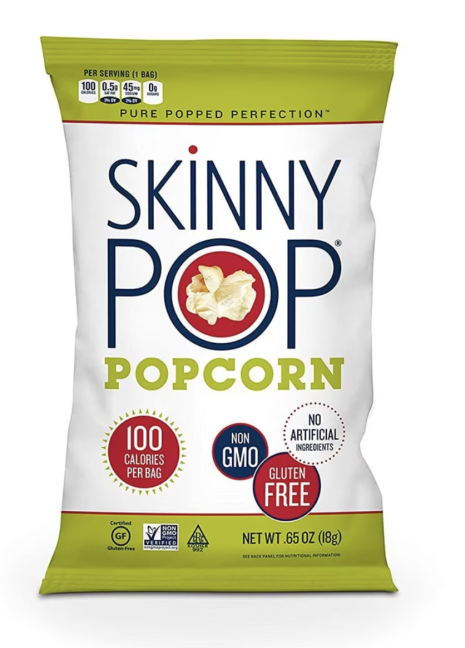
Grocery insights
Hershey has been focused on the post-pandemic shopper journey, looking at habits that have continued and what has changed. The company’s insights team has been examining what shoppers are looking for, both in-store and online. Mason said in-store, shoppers are favoring self-checkout.
“What do we need to do to help retailers make sure that we’re still capturing unplanned purchases in that space…as we know, that’s more susceptible to conversion loss. So [we’re] working with stores in many ways.”
On a large scale, Hershey is looking at macrospace capabilities, at store remodels. An industrial engineer is working with the insights team and category managers to look at what each retail partner needs based on their square footage and footprint to help redesign what the front end looks like. Mason said one of the biggest areas of focus is queuing.
“You’ve been to a self-checkout before where there hasn’t been order, and it’s like ‘who goes next?’ Queuing obviously helps with that. But for our industry, it really helps increase the number of potential unplanned purchases that you have. And then working with them on assortment. So we know with self-checkout, once you get to your kiosk, you want to get in and out.”
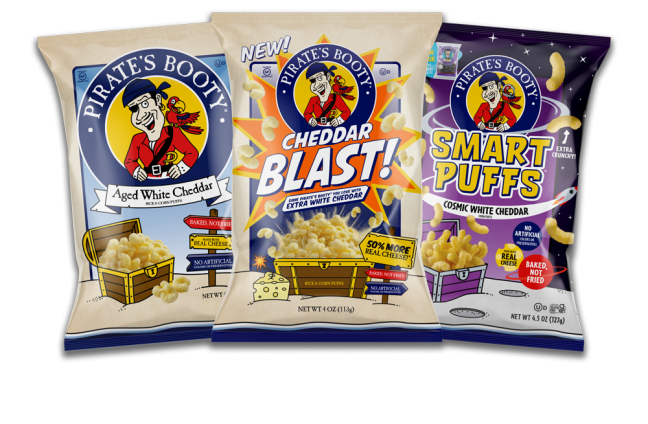
She said they are encouraging retailers to have the most popular items at each station and to provide variety.
“It’s another great way for them to increase their unplanned purchases…they individualize it for each retailer, so they get a good one on one of what their front end [should look like].”
Mason described Hershey’s retail team as “amazing,” noting members are in 80,000-plus stores nationwide, helping retailers maximize space, set up displays and test with augmented reality. That way, she said, the retailer can “see where something might go before it’s actually there. We’re on the cutting edge of those retail solutions.”
Another post-pandemic trend is the continuation of online shopping and curbside pickup. However, some shoppers (about 10-20 percent) often still go in the store at that time, Mason said. This is considered a “second basket.”
She said they want to make sure that when these customers reach the self-checkout that they have the company’s products “right at their fingertips.”
“We know that 70 percent of those second-basket customers are going through self-checkout. And their average basket size is $38. That’s a huge potential for retailers. And candy and snacks are in the top five second basket builders. A lot of potential there.”

